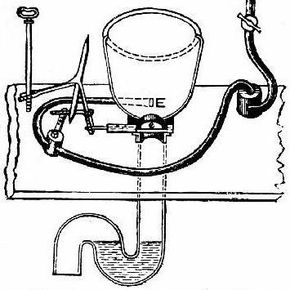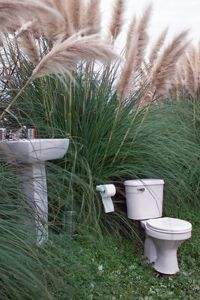Consider the flush toilet. It is a fascinating device, if you think about it. This giant, porcelain chair is installed into every modern bathroom, using up gallons of precious drinking water each day to whisk your urine and feces into oblivion (better known as the municipal wastewater treatment plant nearest you) each time you flush.
But have you ever considered what else we could be doing with our poop and pee? And who invented the toilet? The truth is, you probably don't really want to think about it, and neither does anybody else, which is why the flushing toilet we 21st-century humans use hasn't changed much since it was first patented in 1775 by a Scottish watchmaker named Alexander Cumming. Cumming's toilet was an only slightly altered version of the "water closet" designed for Queen Elizabeth I by her godson Sir John Harrington in 1592 — Cumming's had an S-shaped pipe to trap bad odors while Harrington's did not. Of course, self-flushing toilets, heated seats and those vacuum potties like you see on airplanes and tour buses came later, but our one-and-done attitude towards commode innovation probably comes from the fact that we simply don't want to think about poop that much.
Advertisement
"Within the American culture there is still a resistance and reluctance to discuss body waste," says Deana McDonagh, a professor of industrial design in the Beckman Institute of Advanced Science and Technology at the University of Illinois at Urbana-Champaign. The toilet has remained relatively unexplored, I think because we are failing to realize that, to quote a British saying, 'where there is muck, there is brass.' We are failing to see the potential opportunity our modest toilet is offering us because the notion of immersing yourself in such a product makes us all feel so uncomfortable."





